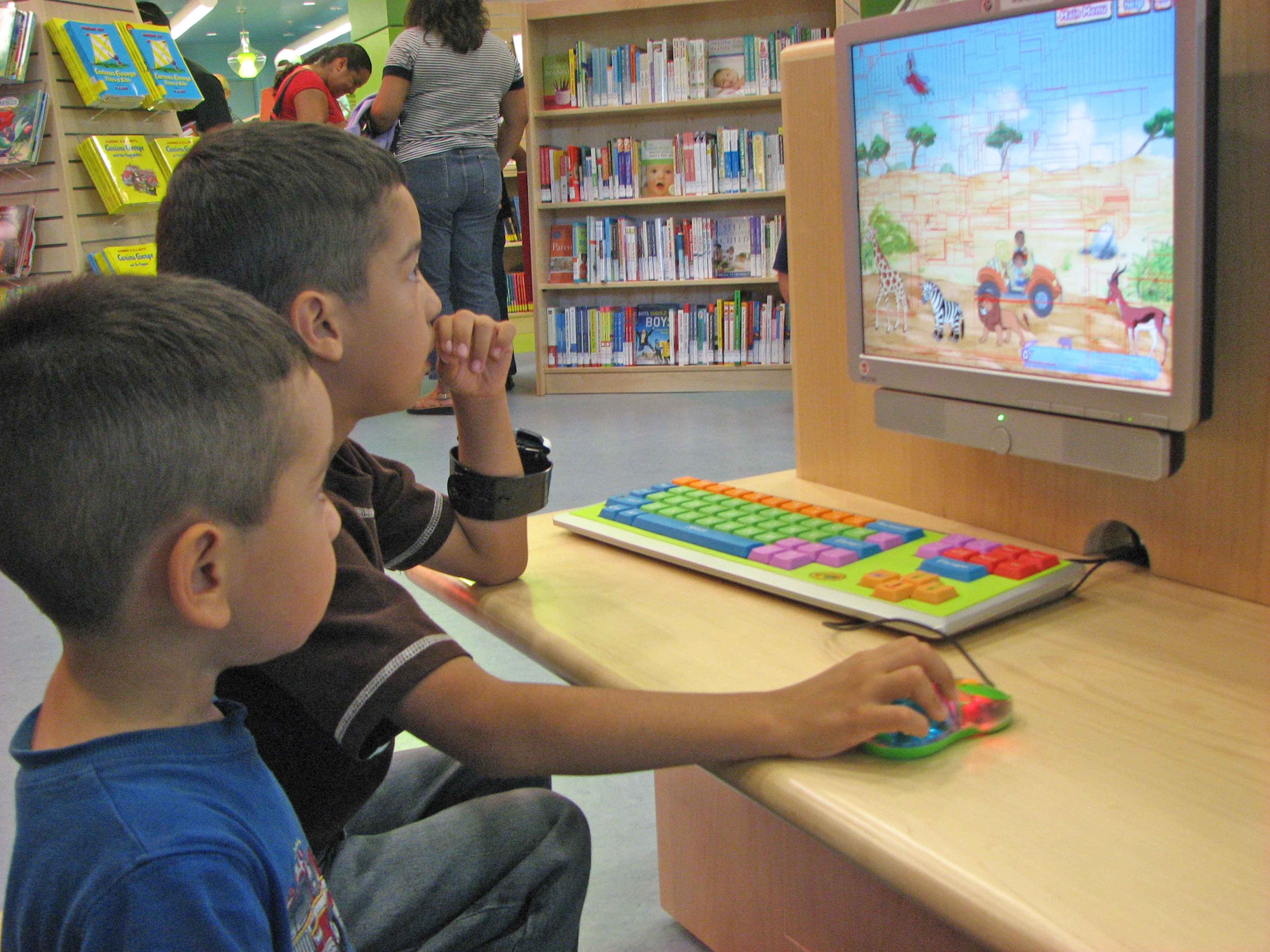The Power of We: Exploring the Benefits of Collaborative Learning

Collaborative learning is a pedagogical approach that emphasizes group work, encouraging students to actively engage with their peers to achieve shared learning goals. In this blog post, we will delve into the myriad benefits of collaborative learning, its impact on student development, and how it fosters a dynamic and enriching educational experience.
**1. Fostering Critical Thinking: Collaborative learning promotes critical thinking by encouraging students to analyze, evaluate, and synthesize information collectively. Through discussions, debates, and problem-solving activities, students gain a deeper understanding of the subject matter and develop essential cognitive skills.
**2. Enhancing Communication Skills: Effective communication is a cornerstone of collaborative learning. Working in groups necessitates expressing ideas clearly, actively listening to peers, and articulating thoughts concisely. These communication skills are invaluable in academic settings and crucial for success in professional environments.
**3. Cultivating Teamwork and Interpersonal Skills: Collaborative learning provides students with opportunities to cultivate teamwork and interpersonal skills. Learning to collaborate with diverse personalities, respecting different perspectives, and contributing to a shared objective prepares students for future collaborative endeavors in the workplace.
**4. Promoting Active Engagement: Engagement is often heightened in collaborative learning settings. The interactive nature of group activities captures students’ attention and encourages active participation. Students become more invested in the learning process as they contribute to discussions, ask questions, and share insights with their peers.
**5. Building a Supportive Learning Community: Collaborative learning fosters a sense of community within the classroom. Students develop a supportive network of peers who can provide assistance, share resources, and offer diverse perspectives. This sense of belonging enhances the overall learning experience and contributes to a positive classroom environment.
**6. Developing Leadership Skills: In collaborative learning environments, students have the opportunity to take on leadership roles within their groups. Whether leading discussions, coordinating projects, or delegating tasks, students develop leadership skills that are transferable to various aspects of their academic and professional lives.
**7. Preparing for Real-World Challenges: Collaborative learning mirrors real-world challenges where individuals must work together to achieve common goals. This pedagogical approach prepares students for the complexities of the professional world, where collaboration and teamwork are often essential for success.
**8. Diversity of Perspectives: Working collaboratively exposes students to a diversity of perspectives and ideas. This exposure encourages open-mindedness, broadens cultural understanding, and helps students appreciate the richness that different viewpoints bring to the learning process.
In conclusion, collaborative learning is a powerful educational strategy that goes beyond individual achievement. By fostering critical thinking, communication skills, and a sense of community, collaborative learning prepares students for the collaborative nature of the modern world, equipping them with skills essential for success in both academic and professional settings.











